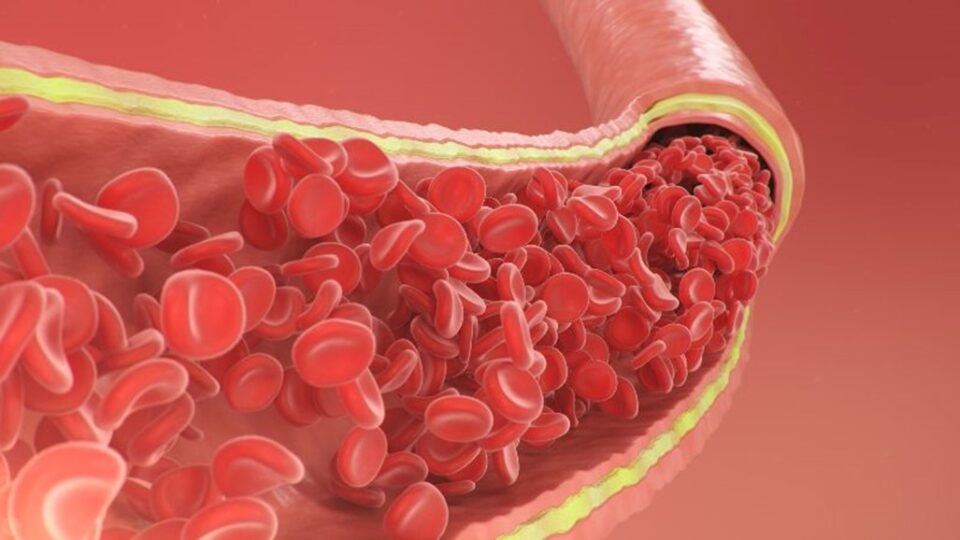Thrombolysis Vein Treatment in Mesa, Chandler, AZ, & Nearby Areas
Our Arizona-Based Physicians are Experts in Thrombolysis Treatment
Blood clots are serious, so you deserve the Arizona Vein and Laser Institute’s expertise if you need to treat them. We’re dedicated to providing effective blood clot treatments, such as thrombolysis, at our six convenient locations throughout the Valley. Our board-certified experts have the tools to perform advanced thrombolysis procedures for patients who need fast and targeted care. Read further for a thrombolysis definition, explanation of its benefits, and what to expect from the treatment.
What Is Thrombolysis?
Thrombolysis is a medical treatment that dissolves dangerous blood clots. These clots, often found in veins or arteries, can block blood flow to key organs like the brain, lungs, or heart. Without fast treatment, they can cause life-threatening issues such as strokes, heart attacks, or deep vein thrombosis (DVT). Thrombolysis breaks down or destroys these clots before they can cause harm.

Types of Thrombolysis
There are various approaches to thrombolysis. We may use only one, but our specialists often mix methods for the best results. Types of thrombolysis include:
- Intravenous Thrombolysis – This involves injecting a clot-dissolving drug directly into the bloodstream through an IV. We often use this for immediate situations like strokes or heart attacks, when restoring blood flow quickly can significantly improve outcomes.
- Catheter-Directed Thrombolysis – In this type, we insert a catheter into the blood vessel where the clot is located. The catheter delivers the clot-dissolving medication directly to the blockage. While this method is slightly more invasive, it’s often chosen for larger clots or to treat DVT.
- Mechanical Thrombolysis – Our doctors can use special tools or devices to physically break up or remove a blood clot from the blood vessel. This may involve a tiny catheter guided with advanced imaging techniques.
Determining Whether You Need Thrombolytic Therapy
Not everyone with a blood clot needs thrombolysis. Doctors carefully review each patient’s symptoms, health history, and imaging results before deciding on the best treatment. The Arizona Vein and Laser Institute team will always explain your options, but we typically suggest thrombolysis when the clot is recent and blocking crucial blood flow. You may be a candidate if you’ve suffered:
- A heart attack caused by a blood clot
- A stroke due to a clot in an artery
- A severe DVT or pulmonary embolism
Understanding the Thrombolysis Procedure
A thrombolysis procedure can last anywhere from 30 minutes to several hours, depending on the clot’s size and location. If you qualify for this treatment, you can expect:
- Preparation – You’ll receive a full health assessment, and your medical team will explain the procedure and risks.
- Medication or Device Placement – You may get an intravenous drip, or a catheter will guide the medication or device directly to the clot.
- Clot Dissolving – The medication starts to break down the clot, or the device removes or breaks it up.
- Monitoring – Doctors closely watch your vital signs and blood tests during and after the procedure to watch for any side effects.
Risk Factors Associated With Thrombolysis
While thrombolysis is often lifesaving, it does carry some risks. Your doctor will discuss these with you in detail and monitor for any problems during the procedure. Thrombolysis risks include:
- Bleeding at the medication injection site
- Allergic reaction to the medication
- Internal bleeding, which can be serious
- Low blood pressure or heart rhythm changes
Benefits of Thrombolysis
Despite its risks, we strongly recommend thrombolysis for many patients. When performed correctly, it promises benefits such as:
- Restores blood flow to vital organs
- Reduces damage to the heart after a heart attack (coronary thrombolysis)
- Can prevent lasting brain injury after certain strokes
- May avoid the need for more invasive surgery
- Fast treatment that saves lives and improves recovery times
What to Expect After Your Treatment
After thrombolysis, you’ll remain under close supervision for several hours or overnight. This allows your medical team to watch for signs of bleeding or other side effects. Most patients resume gentle activities soon after returning home, but your doctor will guide you on what you can safely do. We’ll also provide advice on preventing future clots. This may include taking blood thinners, staying active, and following up regularly.
Contact Us for Thrombolytic Therapy Today
The Arizona Vein and Laser Institute is committed to providing advanced thrombolysis treatment tailored to your needs. We have state-of-the-art tools and experienced providers at each of our six locations in Avondale, Chandler, Glendale, Phoenix, Scottsdale, and Surprise. Let us help you reclaim your health and peace of mind. Contact us today to schedule a consultation.
